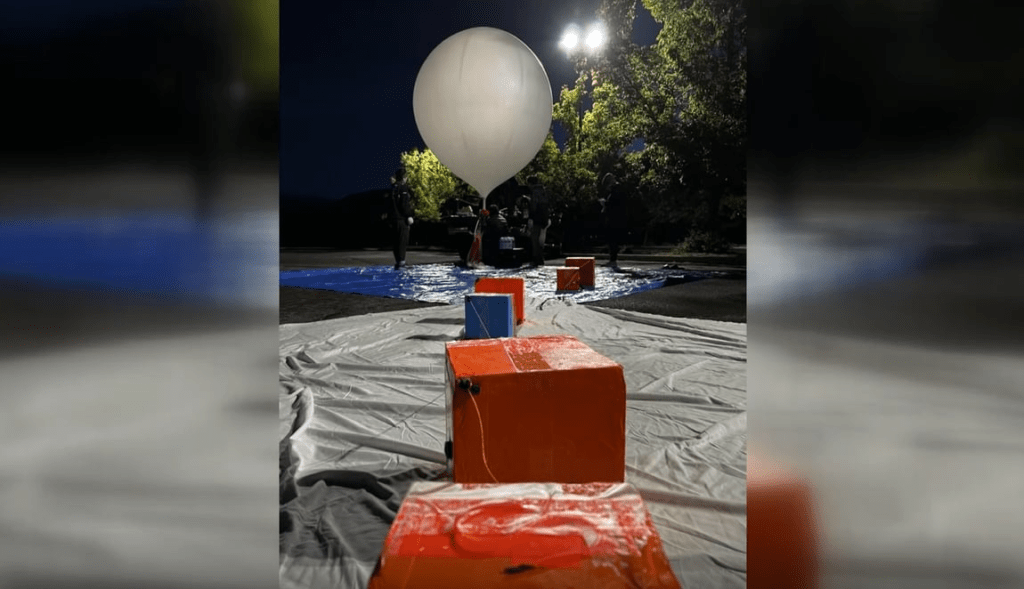HANOVER, N.H. (WCAX) – Hanover High School is collaborating with NASA to create balloon systems to stream video and collect data about the total solar eclipse.
On April 8, these students will send a balloon 100,000 feet into the atmosphere.
“Glad to see how far we’ve come. And we started off just by researching how ballooning works and what the eclipse does. And we’ve come to look at the eclipse through many different sensors and ways,” said 11th-grader Sebastian Bujarski.
The team is split into a launch group and a ground station group and spends hours a week in Hanover’s design lab.
They’ve been learning and working with software to live stream video to NASA’s website, observe what happens when it’s in the air, and conduct individual experiments.
“We learned how to construct the boxes. A lot of like, programming putting everything together. Building the boxes and everything, really seeing what works and what doesn’t,” said 10th-grader Elenor Cary.
NASA uses the data for observing on-site motions in the atmosphere.
They’ve had real-life experience in preparation for April’s eclipse. In October, the crew flew to Oregon to conduct their project on the annular eclipse.
The balloon reached 97,000 feet in the air before it lost communication and eventually popped.
They say the learning experience helped them to make improvements.
“Definitely made it way lighter….we would like to double-check all the sensors. Make sure that it actually works,” said 11th-grader Taehan Kim.
“It’s taken four months to retool, we’ve rebuilt everything,” said teacher Kevin Lavigne.
Lavigne says on April 8, the team will get up bright and early and head east of Burlington to set up in a good location to launch their balloon.
“We can launch our balloon within an hour. The team is…it’s like watching a NASCAR pit crew. Once we hit the ground, they get the balloon stretched out and they attach all the boxes and connect all the batteries. We have a NASA control system that we’re using, we’ve developed where one team member sets up the box, the other one gives a check that it’s working,” said Lavigne.
And students say the culmination of a year-long project with a once-in-a-lifetime event feels out of this world.
“I think I’m gonna be really sad not to be in the shop all the time. Like, it’s kind of been a routine and it’s been something that’s been almost really satisfying,” said 10th-grader Matilda Munroh.
You can watch the team’s livestream balloon in real-time right here on our website.

